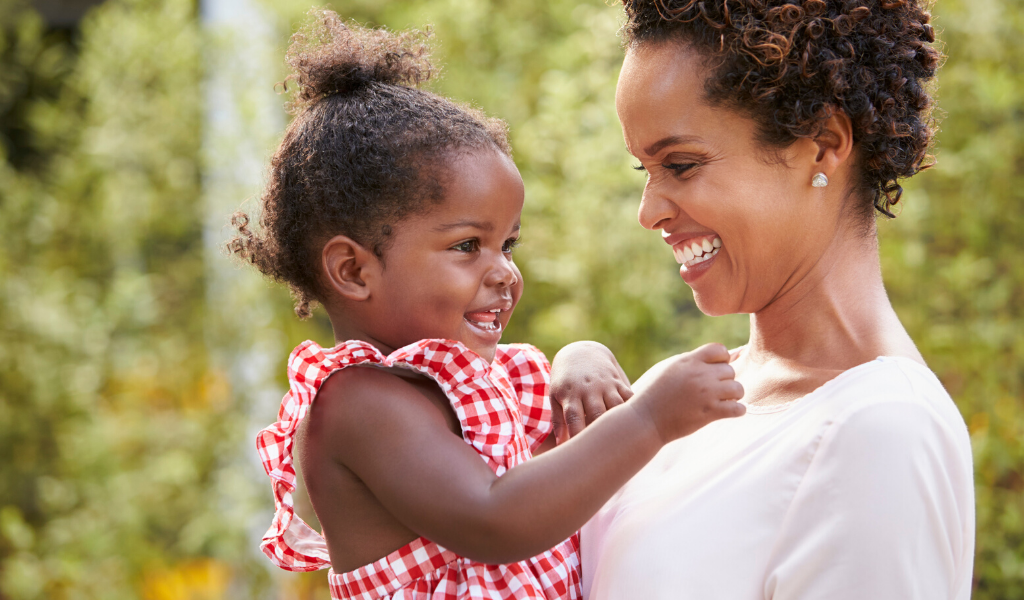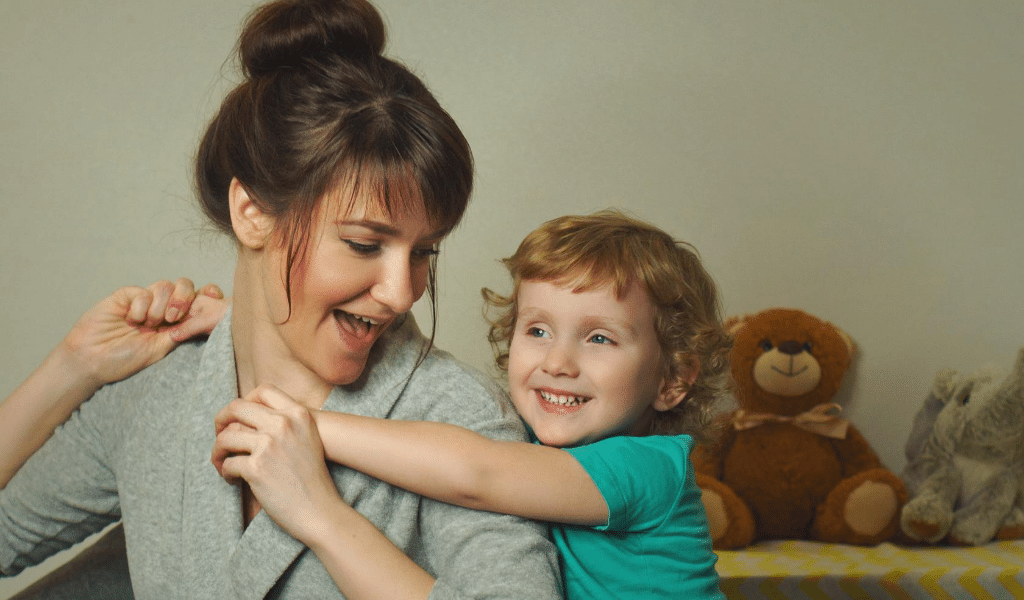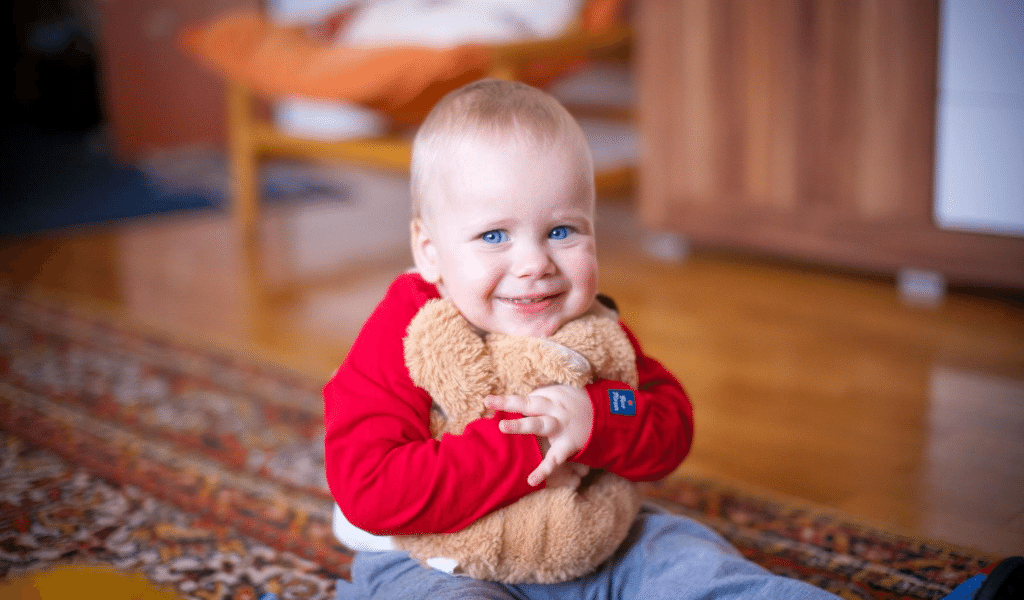There has never been a more important time to prioritise children’s wellbeing and nurture them. This calls for us to develop a ‘loving pedagogy’ and speak the language of love!
Although we do not always use the word love, we have a professional love for the children in our care and we want them to feel secure, loved and valued. As educators, we would feel devastated if anything happened to one of our children and saying goodbye when they leave our setting for pastures new is always a heart-wrenching time!
Oh! And if you want to watch Tamsin’s webinar on the subject – you can access our previous webinars from here: https://mailchi.mp/d0b1e7b3ed0c/kinderlywebinars
What do we mean by loving the children in our care? Consider how a parent loves their child, the intense strength of emotion involved and the way they are committed to caring for and protecting them, putting their child’s needs before their own. Love is about having intense feelings for our children but it is also about actions and not the emotion involved. For example, it’s about putting the needs of children first, holding them in mind and enjoying playing together.
A few years ago I read about love languages, the idea that we all prefer to give and receive love in different ways. For example, a child might say, ‘Well, my mum tells me she loves me, but she never spends any time with me’ or, ‘My dad plays with me but he has never hugged me…’
According to Chapman and Campbell, there are five love languages:
They suggest that if we can identify our children’s love languages then we can speak the same language as them and reassure them that they are loved. The same can apply in our early childhood settings – if we consider how our children prefer to give and receive love we can build better attachments and enable them to feel safe and secure. Here are some ideas of how we can identify and then speak the same language as our children:

Children who respond to verbal praise and encouragement. For example, a child who glows with pride when you have praised their contribution. Offering words of affirmation to a child makes them feel proud, worthy and valued. So tell them that they are special and regularly use words of endearment and affection towards them and cheer them on in games, verbally encouraging them when they try to achieve things. You can also praise their efforts by labelling the praise, for example, ‘Wow, I love the colours you have chosen!’
Children who want to spend time with you. For example, a child who actively seeks out adult attention and wants to be near you in the setting. Spending quality time with a child tells them that they are important and that we want to spend time with them. So include them in daily activities, listen and respond to their attention-seeking behaviour, it means that they need more attention and make time to chat with them about their interests and fascinations.

Children who want to be cuddled hugged or held and want to cuddle, hug and hold others. For example, a child who sits on your lap, holds your hand, strokes your back, or snuggles into you during a story. Offering children positive physical touch makes children feel wanted, loved and helps to build a secure attachment. So always greet them by getting down to their level and offer a hug, high five or fist bump. Allow them to cuddle up or sit on your lap during a story and offer them opportunities for positive touch such running lotion into their hands or engaging in a ‘thumb-war’ for fun!
Children who love to give and receive gifts and presents. For example, a child who brings you a treasured stone in the garden and tells you that you can keep it! Offering children gifts in addition to other love languages can reinforce the idea that you care. So hold the child in mind and make resources specifically for them or collect a conker from the garden and offer it to them. You can also value the ‘treasures’ that they give us for example, put that feather on display!

Children who like to do things for others and enjoy having things done for them. For example, a child who offers to help you or who is thrilled when you offer to get them their shoes or coat. We are often teaching children to be independent, however, in order to feel loved and cared for some children want to be physically looked after through acts of service. So plan to do things specifically for them and ask them to help with tasks. If a child asks for help, respond sensitively, decide if their emotional tank needs refuelling and if it does, jump in to help!

Now we understand a bit more about the types of love languages there are, here are my top 10 tips for developing a loving pedagogy with young children:
–
References
Chapman, G. and Campbell, R. (2012). The 5 love languages of children. Chicago, IL: Northfield Publishing
5 love languages website: http://www.5lovelanguages.com/
Professional Love in Early Years Settings Research Project: https://pleysproject.wordpress.com/

About the author
Tamsin Grimmer is an experienced early years consultant and author who has a keen interest in how young children learn and develop. Her master’s research considered the place of love in early childhood settings and she is currently writing a book about developing a loving pedagogy. When not writing or researching, Tamsin works part-time on the Primary and Early Years PGCE courses at Bath Spa University and is the early years director for Linden Learning.